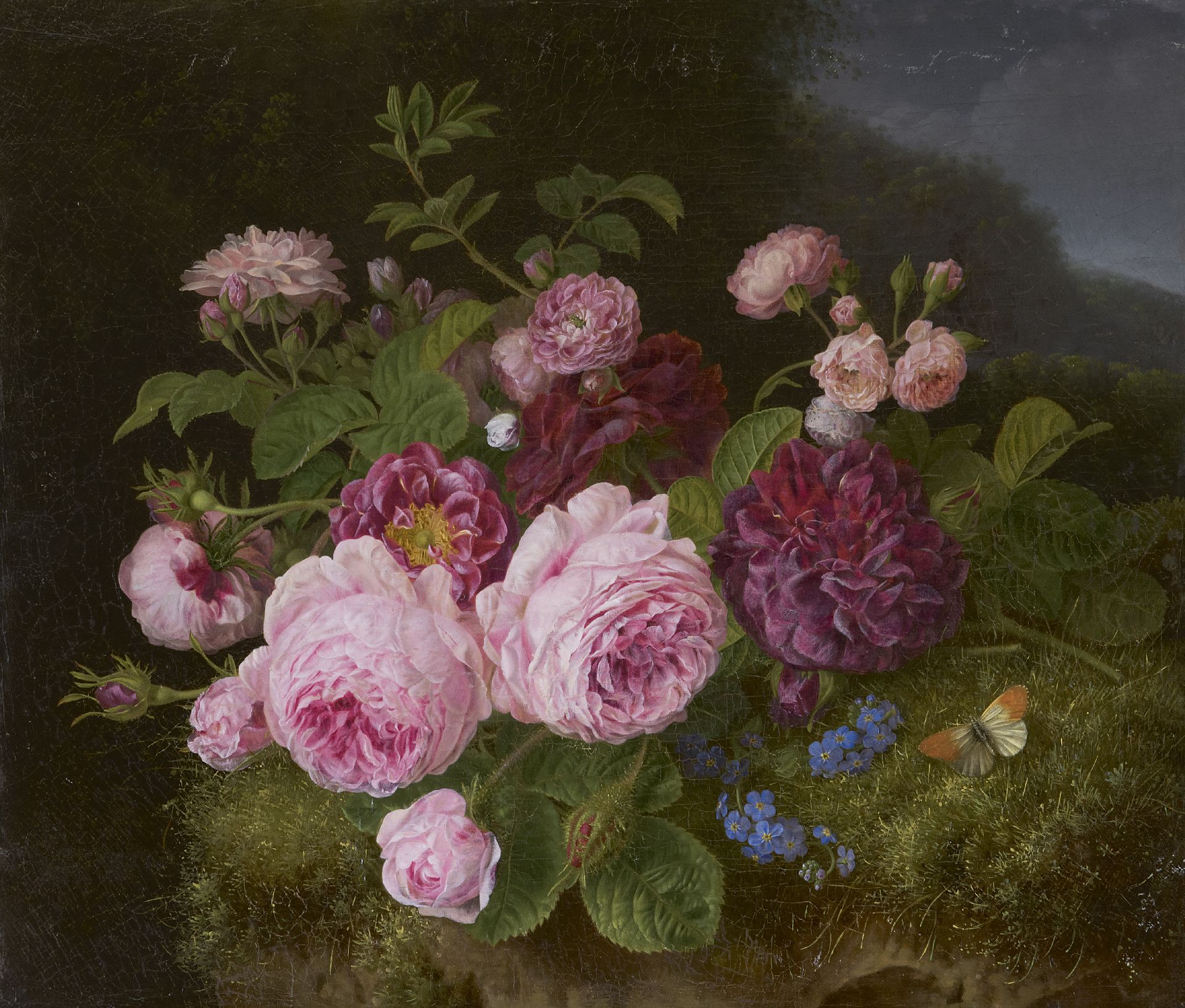Today is August 28, the anniversary of the death of Augustine of Hippo, who touched the soul with such clarity that his words continue to echo. He affirmed that body and soul belong to two categories distinct in essence. The body is tri-dimensional, woven of the four elements: earth, water, air and fire. The soul has no spatial dimensions and is composed of a substance apt to govern, a principle allied to reason, and superior to matter. He never attempted to unravel the mechanics of this union. He was content to confess that man is formed of two substances: soul above body, Spirit ruling flesh. The confession is enough, as the mystery is not meant to be dissected but lived. From this recognition a profound image rises: the Cross and the Rose. The Cross is the body, stretched across the elements. The Rose is the soul, blossoming at the centre. The one is geometry, the other is perfume. Together they form the altar.
I. The Cross of the Elements
The ancients taught that the visible frame is made from the four elements. Augustine accepted this view and moved beyond it, declaring the body a created object subject to time and space. It is formed, it suffers, it decays, it can be measured. The Cross reveals this truth with sharp intensity. Wood extended in four directions, bound to the earth, lifted to the sky, a structure holding weight and pain. To call the body Cross is to recognise that flesh is always stretched, always exposed to limit, always given. All gestures are marked by the pull of the elements. Earth holds, water flows, air breathes, fire burns. This is the framework within which the soul is called to manifest. The Cross is the stage. Upon its geometry the Rose will open.
The Cross is burden and promise: burden because it ties the body to necessity, to suffering, to decline. Promise because it provides the axis upon which transcendence appears. The Cross teaches that the flesh cannot escape its structure, but it can be hallowed. The body may be vessel of sin or of Light, depending on what dwells at its centre. In the Christian mystery the Cross becomes the place where death itself is transfigured. In the language of wisdom, the Cross is the stable figure that awaits the flowering of the Rose.
II. The Rose of the Soul
Contrary to tthe body, the soul has no dimensions. It is not spread along axes, nor it is weighed by volume. Augustine described it as formed of a substance capable of government, related to reason but open to eternity. The Rose is the image that unveils this mystery. A flower that blooms not outside the Cross but upon it, at the centre of the wood, the quintessence rising from the four elements. The Rose speaks of Spirit animating matter, fragrance issuing from wound, as well as beauty springing from sacrifice.
Philosophy called this essence nous, ruach. It judges, it remembers, it guides. It descends into the flesh as a hidden king, dwelling in a palace not its own, yet ruling from within. When the body ends, the soul returns to its source. The descent and the ascent cannot be explained by diagrams; they are known through experience, contemplation, Grace. Augustine preferred to confess the reality rather than to invent systems. For him, the fact was sufficient: the soul is higher, the body lower, but the two are joined in one life.
The Rose at the centre of the Cross signifies this union. Without the body there is no place for the soul to act. Without the soul the body falls into dust. Together they create the living temple. The Rose reveals that Spirit crowns matter. The quintessence makes the element sing.
III. The Altar of Union
When body and soul are placed together the true altar is formed. In kabbalistic language, body belongs to the world of manifestation, Malkuth, the outer branch of the Tree. Soul belongs to the world of life, the higher sap that governs. Joined together they form the place of sacrifice and revelation. This is why the Cross without the Rose is barren, whereas the Rose without the Cross is rootless. But they together disclose the secret of incarnation.
Augustine’s vision is luminous because it avoids futile speculation and points directly to the mystery. One needs only to know that the soul governs and the body serves. This order reflects a higher harmony. The soul listens to the Presence; the body obeys with gesture. And, when the order is kept, the Word can pass through.
Fiat Lux.
